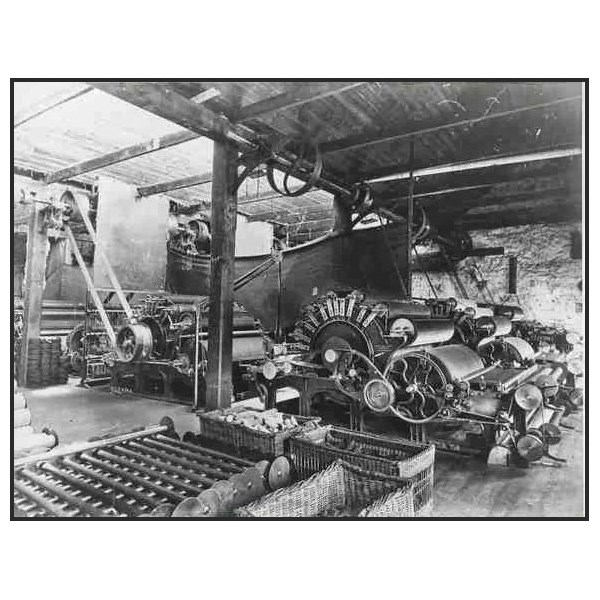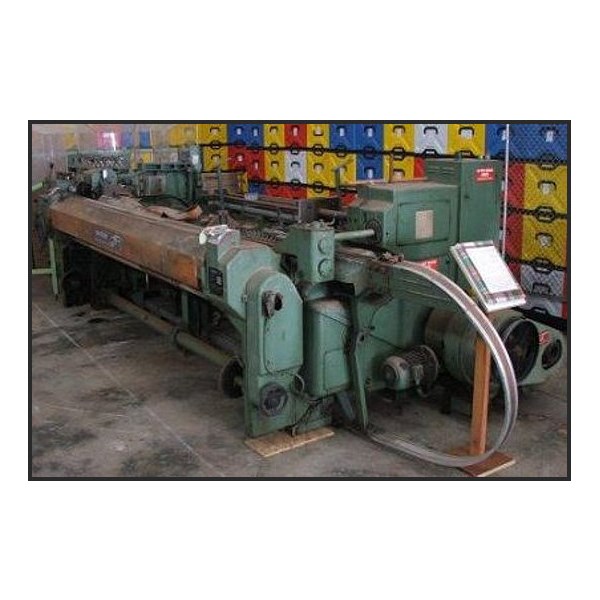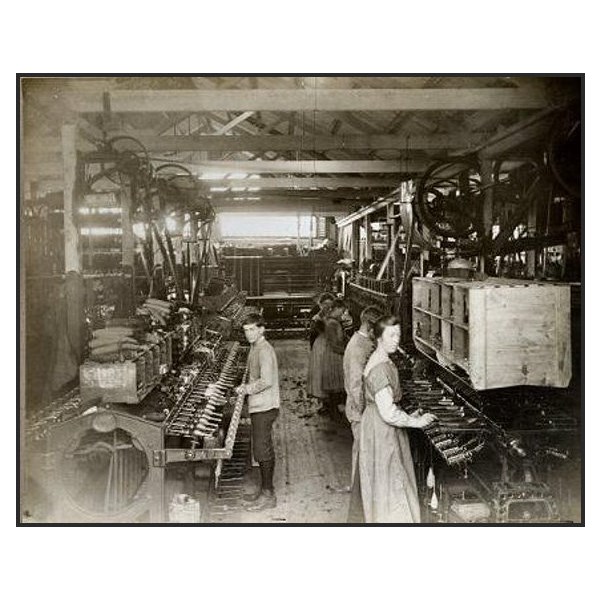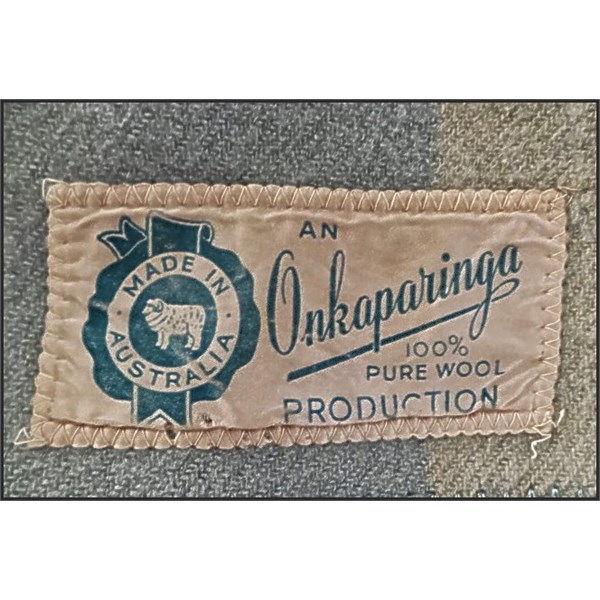When the Onkaparinga Woollen Mill closed in 1993 a small selection of Mill machinery and associated pieces were left to the people of Lobethal. The collection also includes paperwork and samples of fabric, some dating back over one hundred years. The collection became the Onkaparinga Woollen Mill Museum and opened to the public during History Week 2009.
The Woollen Mill collection is housed in a refurbished blanket storage shed where it is on permanent display to the public. Visitors can see three methods of weaving - shuttle (Dobcross), rapier (Smit), projectile (Sulzer) – along with winders, a twister, milling and raising machines and associated pieces such as very large wooden rulers for measuring blanket lengths.

onkaparinga factory

Onkaparinga Woollen Mill c 1900
On their own, the machinery wouldn’t mean very much to the layman so a guided tour opens visitors eyes to the process which turned wool into blankets. Guided tours explain the process by which the various machines were used to turn wool into blankets and other woollen items. Many visitors will announce that they, or someone else, have an Onkaparinga blanket or rug. Within the collection are thousands of samples of fabrics made for government departments, including the armed forces; cars, theatres (including
Adelaide’s Festival Theatre), airlines and schools. Items produced with these fabrics included apparel, upholstery, school uniforms and of course blankets.There is an extensive collection of blue prints and plans dating back to the late 1800s. Some of these are on fine waxed lawn, hand drawn and water coloured.

Rapier weaving machine

Winding dept early 1900
There are plans of where machinery was placed in the sheds and where the floors had to be reinforced to support the heavy machines. There are plans supplied by the makers of the machines and posters and artwork for packaging.
The photograph collection is enormous with images of early Lobethal, the work force, management and celebrations such as the yearly Christmas Pageant Float. Documentation for quantities and exacting thread thickness are being archived. Share holder certificates and rental paid for properties owned by the Mill are carefully recorded along with payroll, invoices and other administration records in old ledgers.
The Mill opened in 1872 in
the brewery owned by F.W. Kleinschmidt. It closed in 1993 after years of fires, floods and tariff problems. It had kept generations of locals employed who would have had to seek work further afield. Many of the workers were migrants and a small display is a tribute to them from ‘Boat Load of Dreams’.
In the beginning full production was carried out at the Lobethal Mill but due to expansion and environmental issues the scouring was done at Torrenside and from the early 1960s at Thebarton, which was part of the Onkaparinga Woollen Mill.

Onkaparinga Label
Progress with the Museum would not have been possible without the aid of grants which have come from the National Library of Australia,
Adelaide Hills Council, Department of Family and Community
Services and History SA.
.